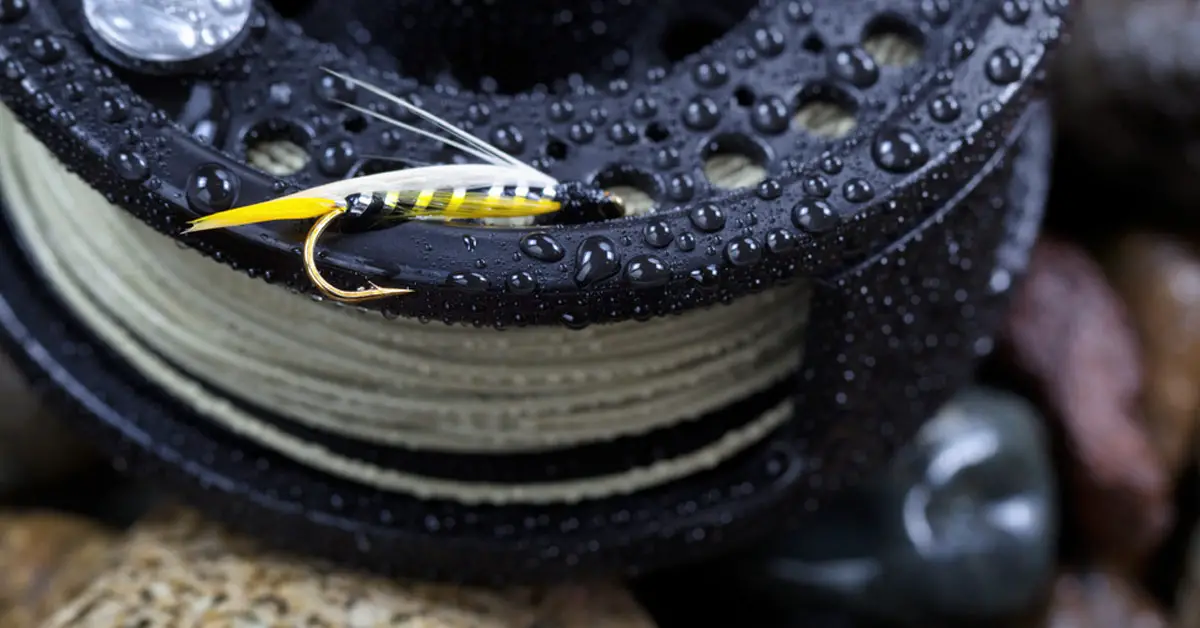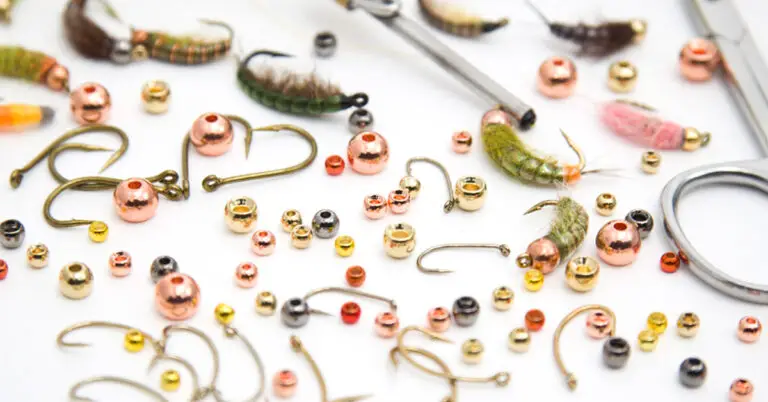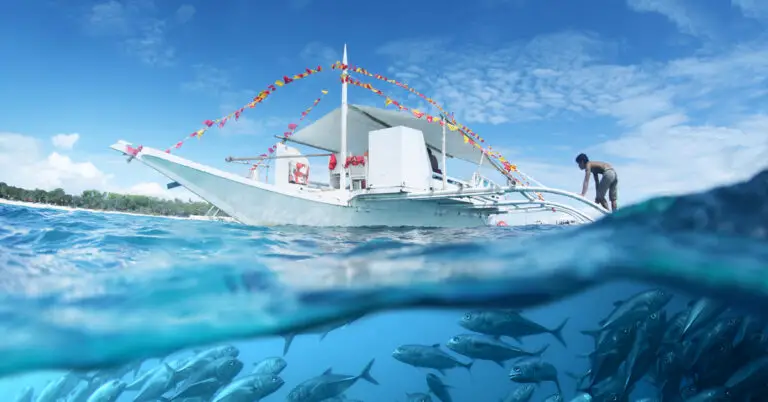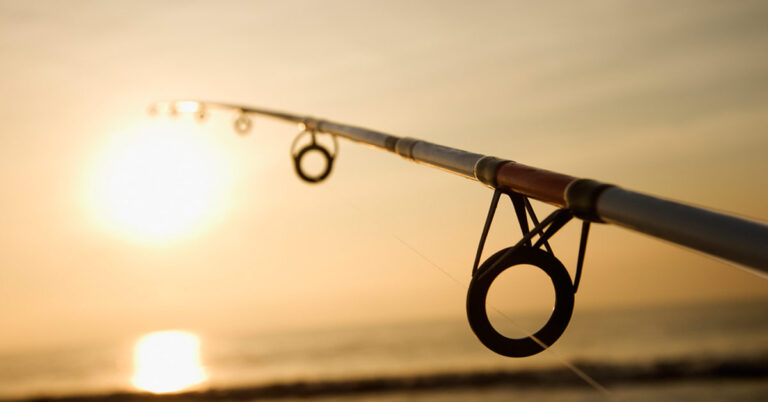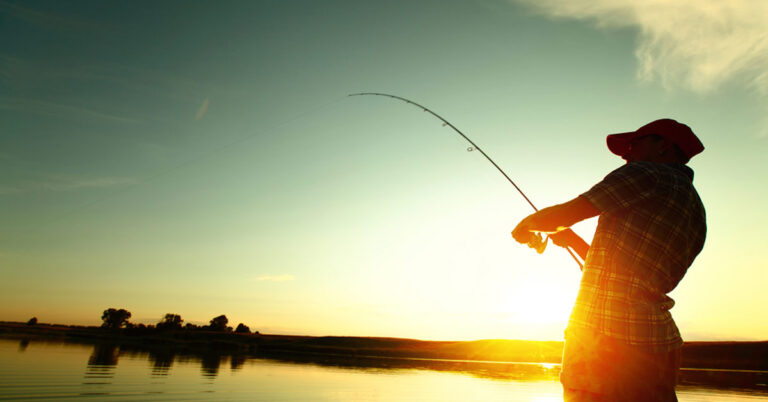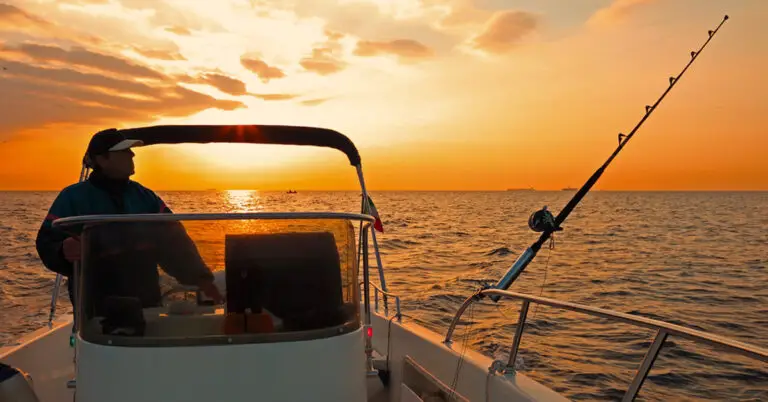Fishing Line Weight Capacity: Understanding the Strength and Limits of Your Tackle
Fishing, a sport steeped in skill, patience, and knowledge, often begins with understanding the critical components of your gear. One of these foundational elements is the weight capacity of your fishing line, a factor that can greatly impact the success of your angling ventures.
The strength and limits of your tackle, determined by the line’s weight capacity, are crucial for landing different fish species, navigating diverse aquatic environments, and withstanding the forces exerted during the reeling process. From freshwater lakes to the vast open sea, this guide will explore the nuances of fishing line weight capacity, highlighting its importance in providing an optimal fishing experience.
Fishing line weight capacity, or test strength, refers to the maximum weight the line can hold before breaking. For example, a line with a weight capacity of 10 pounds can theoretically hold a 10-pound fish. However, real-life factors like fish movement and water currents can affect this limit.
Selecting the right fishing line weight capacity is a delicate balance. Too light, you risk losing your catch or damaging your gear; too heavy, and you might compromise your ability to cast and lure fish effectively. Several factors influence this intricate equilibrium, including the targeted fish species, fishing location, and tackle type.
But how can one accurately gauge this balance? To fully comprehend and apply this fundamental fishing principle, we delve into fishing line weight capacity basics, providing insights to enhance your angling prowess and gear longevity. Stay tuned as we unravel the complex world of fishing line weights and their capacities.
Factors Influencing the Selection of Fishing Line Weight
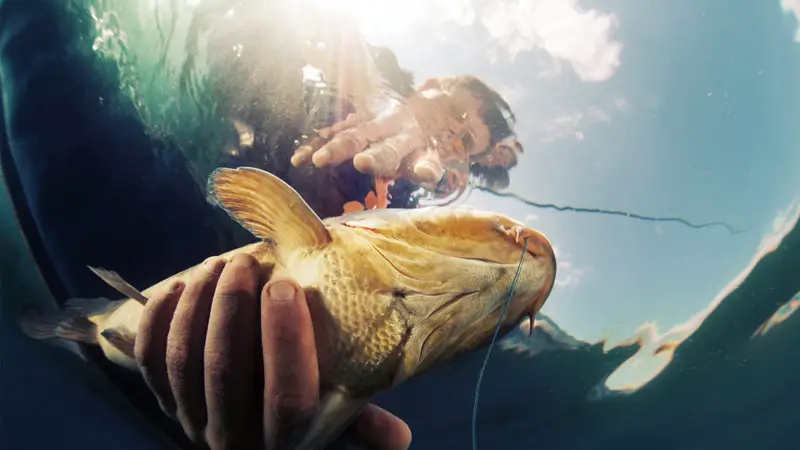
The selection of an appropriate fishing line weight is influenced by a myriad of factors that can determine the success of your fishing experience. These factors range from the type of fish you’re targeting to the environmental conditions of your chosen fishing location. Understanding these determinants allows you to tailor your gear to your specific needs, enhancing your chances of making a successful catch.
- Targeted Fish Species: Different fish species vary in size and strength, necessitating different line weights. Larger, stronger fish typically require a heavier line weight to withstand the force exerted during the catch.
- Fishing Location: Fishing in saltwater environments often requires a heavier line weight than freshwater due to the presence of larger fish species and stronger currents. The bottom structure type (rocky, sandy, vegetated) can also influence line weight selection.
- Type of Tackle Used: The type of fishing tackle you’re using (e.g., spinning reels, baitcasting reels, fly fishing rods) has a significant impact on the line weight. Some tackle types are designed to handle heavier line weights than others.
- Fishing Technique: Different fishing techniques, such as trolling, casting, or fly fishing, require different line weights. For instance, fly fishing often requires a lighter line to ensure a natural-looking presentation.
- Environmental Factors: Weather conditions, water currents, and temperature can affect the line weight selection. High winds or strong currents might require a heavier line, while cold temperatures might require a line with greater flexibility.
The Relationship Between Line Weight and Fish Species
The relationship between fishing line weight and fish species is vital to understand for any angler. Due to its unique size, strength, and behavior, this is because each fish species requires a specific line weight to efficiently catch and land.
Small species like trout, panfish, and small bass generally require lighter line weights, typically between 2 to 10 pounds. These fish species are not particularly strong fighters, and using a lighter line ensures a more natural presentation of the bait or lure, making it more likely that the fish will bite.
Medium-sized species, such as larger bass, catfish, or carp, often require a moderate line weight of between 10 and 20 pounds. These species have greater strength and size; thus, the line must be robust enough to withstand the increased force they can exert when hooked.
Larger and stronger species, like tarpon, marlin, tuna, or shark, demand heavy line weights, often exceeding 30 pounds. These species are known for their vigorous fights and massive sizes, making it crucial to use a strong and durable line to bring them in successfully.
However, it’s important to note that these are general guidelines, and other factors like fishing location, technique, and tackle should also be considered. Always remember that the best fishing practices involve respecting the targeted species and ensuring their safe release if not retained for consumption.
Fishing Line Weight and Its Impact on Casting
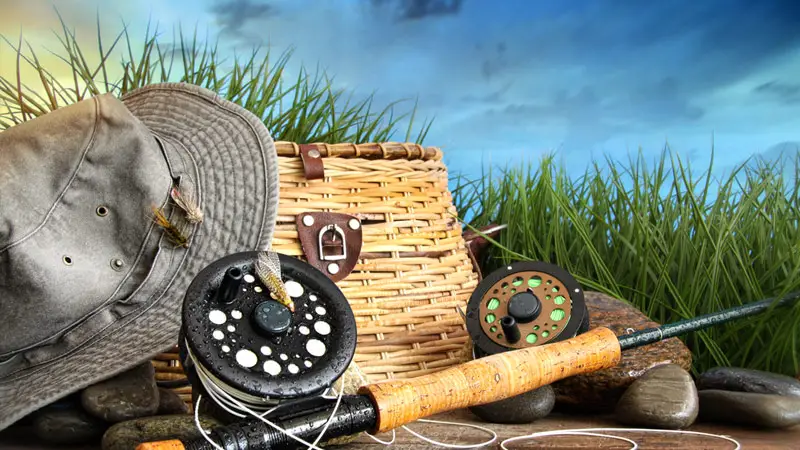
Fishing line weight plays an integral role in casting, a vital aspect of the fishing process. The weight of your line can affect the distance, accuracy, and overall effectiveness of your cast. A line weight harmonizing with your fishing rod and the intended casting technique can significantly enhance your angling performance.
- Casting Distance: Lighter lines are thinner, reducing air and water resistance, which can increase casting distance. Conversely, heavier lines are thicker and can decrease casting distance due to increased resistance.
- Accuracy of Casting: Lighter lines often provide better control, which can improve casting accuracy. Heavier lines, though offering less control, might be suitable when accuracy is less important than strength (e.g., deep sea fishing).
- Lure Performance: The weight of your line can affect the movement of your lure in the water. Lighter lines allow for more natural and subtle lure movements, whereas heavier lines may restrict lure mobility.
- Sensitivity: Lighter lines offer more sensitivity, helping you feel bites more effectively. However, if the line is too light, it might not be strong enough to set the hook properly.
Wind Resistance: Heavier lines can benefit windy conditions as they are less affected by wind drag than lighter lines.
Tackle Type and Its Role in Determining Line Weight
The type of fishing tackle you choose can significantly influence the appropriate line weight. Different tackle types are designed to handle different line weights, each with specific strengths and applications.
- Spinning Reels: Spinning reels are incredibly versatile and can accommodate a wide range of line weights. They are often used with lighter line weights (2-10 lbs) for smaller species. Their design allows smooth, long-distance casting, making them ideal for lightweight lines.
- Baitcasting Reels: Baitcasting reels are generally used with heavier line weights (10-25 lbs or more). They offer more control and precision than spinning reels, which is beneficial when targeting larger and more aggressive species. They are designed to handle the extra weight and strength needed to reel these big fish.
- Fly Fishing Rods: Fly fishing is a unique method that uses artificial ‘flies’ as lures and requires a specific type of rod and line. The line weight for fly fishing is heavier but distributed along the line length to allow the angler to cast the lightweight fly. Line weights for fly fishing rods are categorized differently, typically ranging from 1-12, with 1 being the lightest.
- Surf Fishing Rods: Surf fishing rods are designed for casting long distances from the shoreline and usually require heavier line weights (15-30 lbs or more). This is due to the larger species typically targeted in surf fishing and the need to cast beyond the breaking waves.
The Effects of Environmental Factors on Line Weight Capacity
Environmental factors significantly impact the fishing line’s weight capacity and can often dictate the success of your angling experience. The varying conditions in different water bodies, from tranquil freshwater lakes to turbulent saltwater oceans, necessitate using different line weights.
Weather patterns, water clarity, temperature, and bottom structure all play a part in this equation. For instance, strong currents and high winds may require a heavier line to counteract their forces.
Conversely, a lighter, less visible line might be more successful in enticing wary fish in clear water conditions. Furthermore, colder temperatures can affect a line’s flexibility, requiring a line with superior cold resistance.
The type of bottom structure—rocky, sandy, or vegetated—can also influence line weight selection due to the risk of line abrasion. Therefore, understanding and adapting to these environmental factors can enhance your angling performance and elevate your fishing experience.
Line Weight Capacity: Freshwater vs. Saltwater Environments
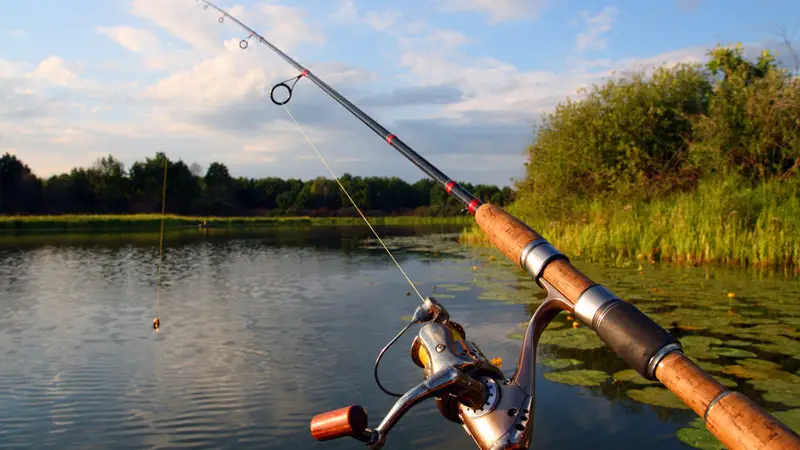
Freshwater and saltwater environments present unique challenges and opportunities for anglers, particularly regarding line weight capacity. The differences in the types of fish species, water conditions, and environmental challenges between these two habitats often require different approaches to line weight selection. This variance can dramatically affect your fishing strategy, from the casting technique to the longevity of your gear.
- Fish Species: Saltwater environments typically house larger, stronger fish species than freshwater environments, necessitating heavier line weights. On the contrary, freshwater fishing often targets smaller species, allowing for the use of lighter line weights.
- Water Conditions: Saltwater can be more corrosive to fishing lines than freshwater, potentially demanding lines with better resistance to such conditions. Currents are also typically stronger in saltwater environments, which might require a heavier line.
- Environmental Challenges: Saltwater fishing often involves casting against the wind or dealing with waves, which might require heavier line weights. In freshwater environments, you might encounter obstacles like underwater vegetation or rocks, which may demand a line with good abrasion resistance.
- Visibility: Water clarity can vary significantly between freshwater and saltwater environments. In clear freshwater, a thinner, lighter line is less visible to fish. In contrast, saltwater species are often less line-shy, allowing for heavier lines.
Impact of Line Weight Capacity on Gear Longevity
The longevity of your fishing gear is directly impacted by the line weight capacity you choose to use. If the line weight is mismatched with the specifications of your fishing rod and reel, it could lead to unnecessary wear and tear, reducing the lifespan of your gear.
Selecting a line weight that is too heavy for your gear may put excessive strain on your fishing rod and reel. For instance, a heavy line on a light rod can cause the rod to break under the pressure of a large fish. Similarly, a reel not designed to handle a heavy line might experience mechanical issues or failure under the load.
On the other hand, using a line weight that’s too light for your gear may seem harmless, but it can also cause problems. Light lines are more prone to breaking under tension, leading to lost fish and lures, adding to your costs over time. Furthermore, a reel designed for heavier lines might not retrieve or cast a light line as effectively, causing decreased performance and potential damage.
To enhance gear longevity, choosing a line weight within the recommended range for your specific rod and reel is crucial. Doing so will ensure that your gear performs optimally, reducing damage risk and increasing lifespan.
Common Misconceptions About Fishing Line Weight Capacity
Regarding fishing line weight capacity, several misconceptions can lead anglers astray. Understanding these misconceptions can help you make more informed decisions and improve your fishing experience.
- Heavier Line Always Equals Bigger Fish: While it’s true that heavier lines can withstand more weight, it doesn’t necessarily mean you’ll catch larger fish. Some species are line-shy and are less likely to bite if the line is too visible.
- Line Weight is the Only Important Factor: Many anglers overemphasize the importance of line weight while overlooking other crucial factors such as line type, diameter, and material. These factors can significantly influence the line’s performance and suitability for fishing scenarios.
- Line Weight Indicates Casting Distance: A common misconception is that a heavier line will cast further. In reality, lighter lines often allow for longer casts as they encounter less air and water resistance.
- The Rated Line Weight is Absolute: Some anglers believe the line will break when it encounters a force exceeding its rated weight. However, this isn’t always the case. Factors like the angler’s skill, the fish’s fight, and how the weight is applied can allow a line to hold more than its rated weight.
All Line of the Same Weight is Equal: Not all fishing lines with the same weight capacity perform equally. Differences in material, manufacturing quality, and line type (monofilament, braided, fluorocarbon) can result in variations in strength, durability, and visibility.

